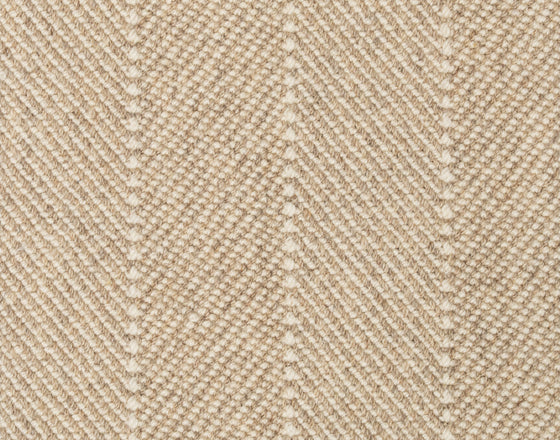Living in an older home with tile in need of repair can prove to be quite challenging. One of the most common problems with an existing tile installation is cracked or missing grout. There are a variety of reasons that can cause this including an inferior sub-floor, improper grout installation, and inadequate grout spacing. The first step is to determine what caused the grout failure.
A popular underlayment for tile installations is Durock. It is a water durable, mold resistant panel used in both interior and exterior applications. One misconception installers often have is to simply install the Durock without applying a thin-set bed first.
This crucial step is extremely important when installing floor tile and omitting it will inevitably contribute to the overall poor performance of your installation. Also, one should note that when installing tile on a floor, the overall thickness of the sub floor should be an inch and a quarter. This helps increase the stability of the floor and decreases any flex that ultimately can cause the grout to fail.




Another culprit regarding poor grout performance is using the wrong type of grout for the application or simply utilizing the wrong consistency. In most cases, one would use sanded grout on floor applications or any grout joint over an eighth of an inch.
However, when installing stone or other delicate surfaces that are subject to scratching, unsanded grout is used. In both cases, the proper consistency is crucial to the longevity of the grout performance. Also, there are additives available to help minimize grout shrinkage and aid in keeping the grout looking new.
Stain resistant grout additives offer superior stain protection and actually seal the grout. Being that it is used in place of water while mixing the grout, there is no need to come back and seal.
Finally, it is important to ensure the proper grout joint is used. Bigger grout joints can crack easier, thus utilizing smaller joints typically offer better performance. There are understood guidelines regarding joint width, yet the installer should always refer to the instructions on the grout label. Sanded grout does not crack or shrink as easily as unsanded, and therefore is the preferred grout choice when either grout can be used.











